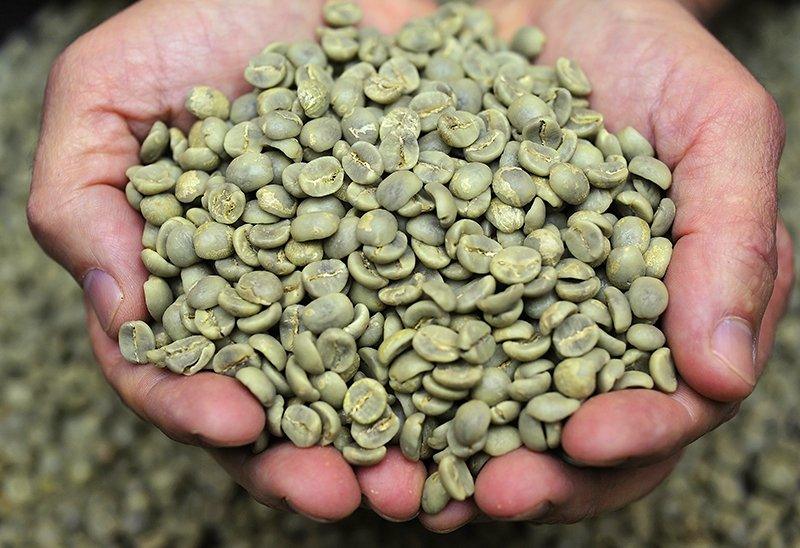Green bean coffee roasting involves several steps to transform the raw, green coffee beans into the roasted beans that we are familiar with. The following are the general steps in the roasting process:
-
Green bean selection: The first step is to select high-quality green coffee beans that meet the desired flavor profile and characteristics.
-
Preheating: The roasting equipment is preheated to the desired temperature, typically between 180-220°C (356-428°F).
-
Loading the beans: The green coffee beans are loaded into the roasting equipment, which is typically a rotating drum or a fluid bed roaster.
-
Drying: During this stage, the beans are dried using heat to remove any moisture present in the beans.
-
First crack: As the beans heat up, they begin to expand and crack, producing a popping sound known as the "first crack." This is a crucial stage in the roasting process, and the beans are typically roasted to a light or medium roast level at this point.
-
Development: After the first crack, the beans continue to roast, and the color and flavor profile start to develop. The beans are typically roasted to a medium or dark roast level during this stage.
-
Second crack: As the beans continue to roast, they will reach a second cracking point, which is more rapid and less distinct than the first crack. The beans are typically roasted to a dark roast level at this point.
-
Cooling: The roasted beans are quickly cooled to stop the roasting process and prevent over-roasting. This can be done by pouring the beans into a cooling tray or using a cooling machine.
-
Post-roasting processing: The roasted beans may be further processed to remove any remaining chaff or to enhance their flavor profile.
Each roaster such as us may has a unique approach to the roasting process, but these general steps give an idea of the steps involved in transforming green coffee beans into the delicious roasted beans we enjoy.

